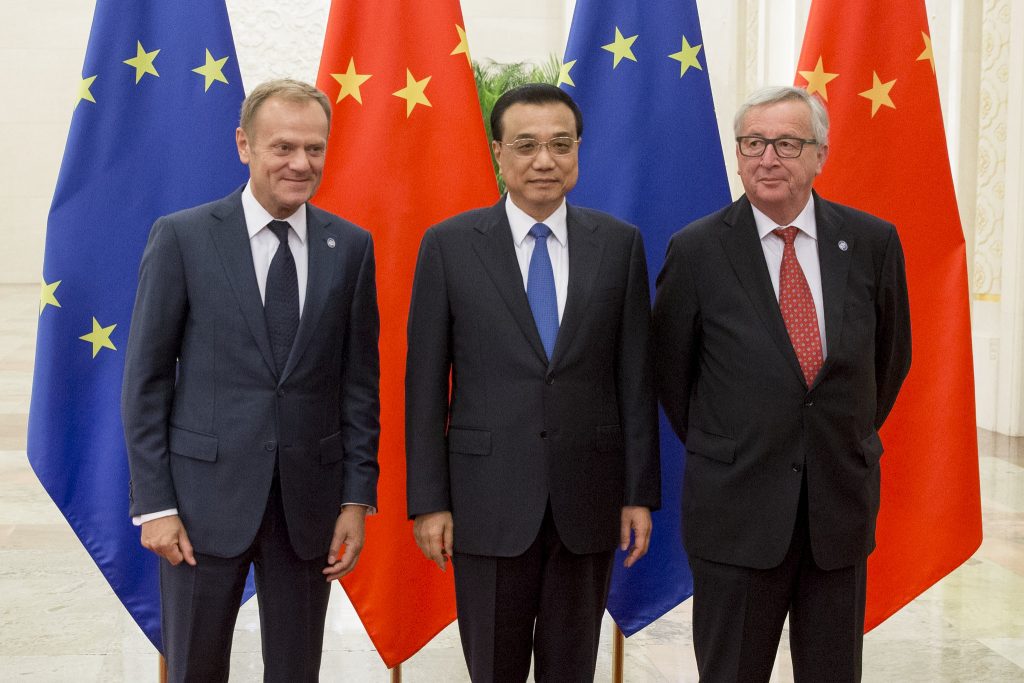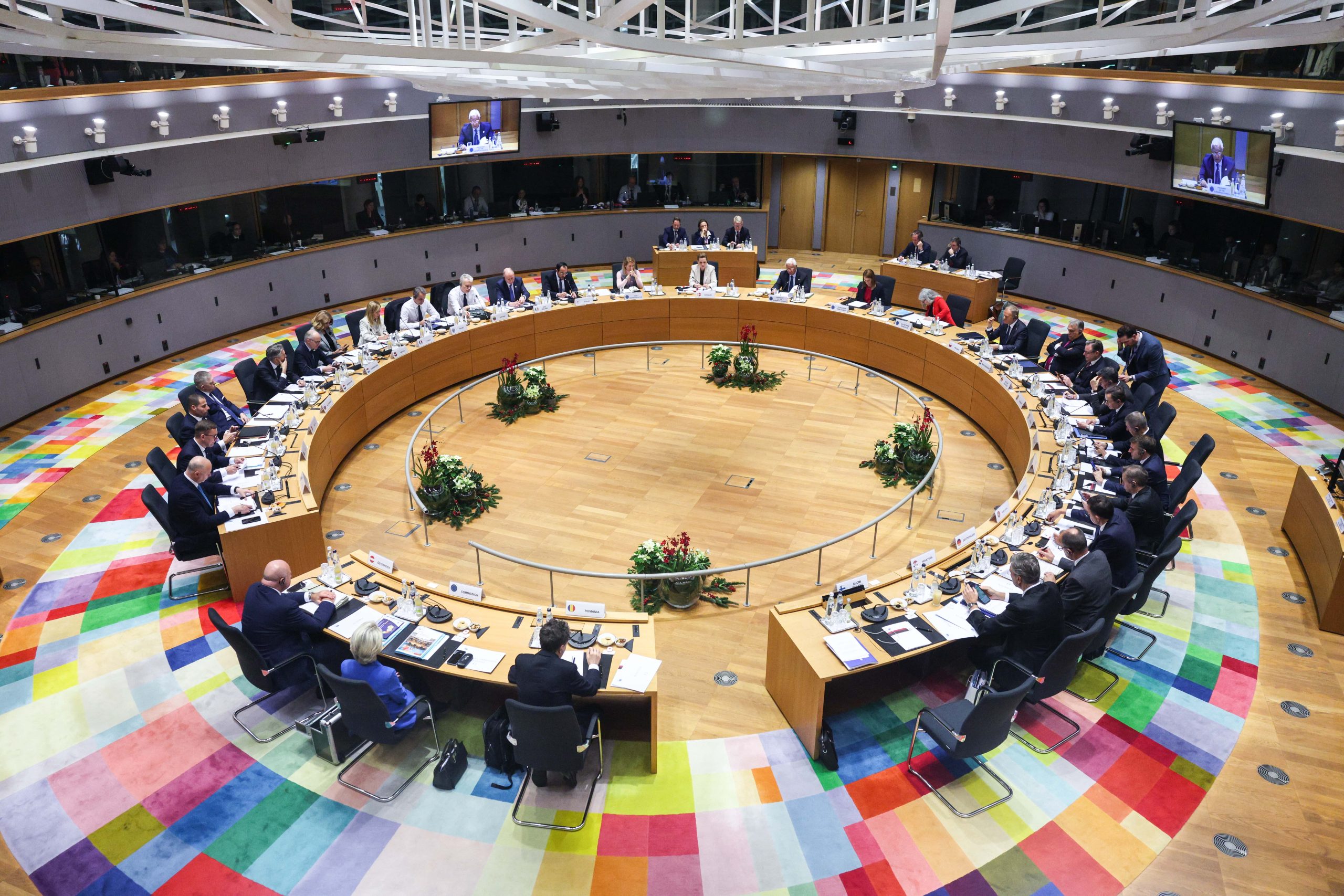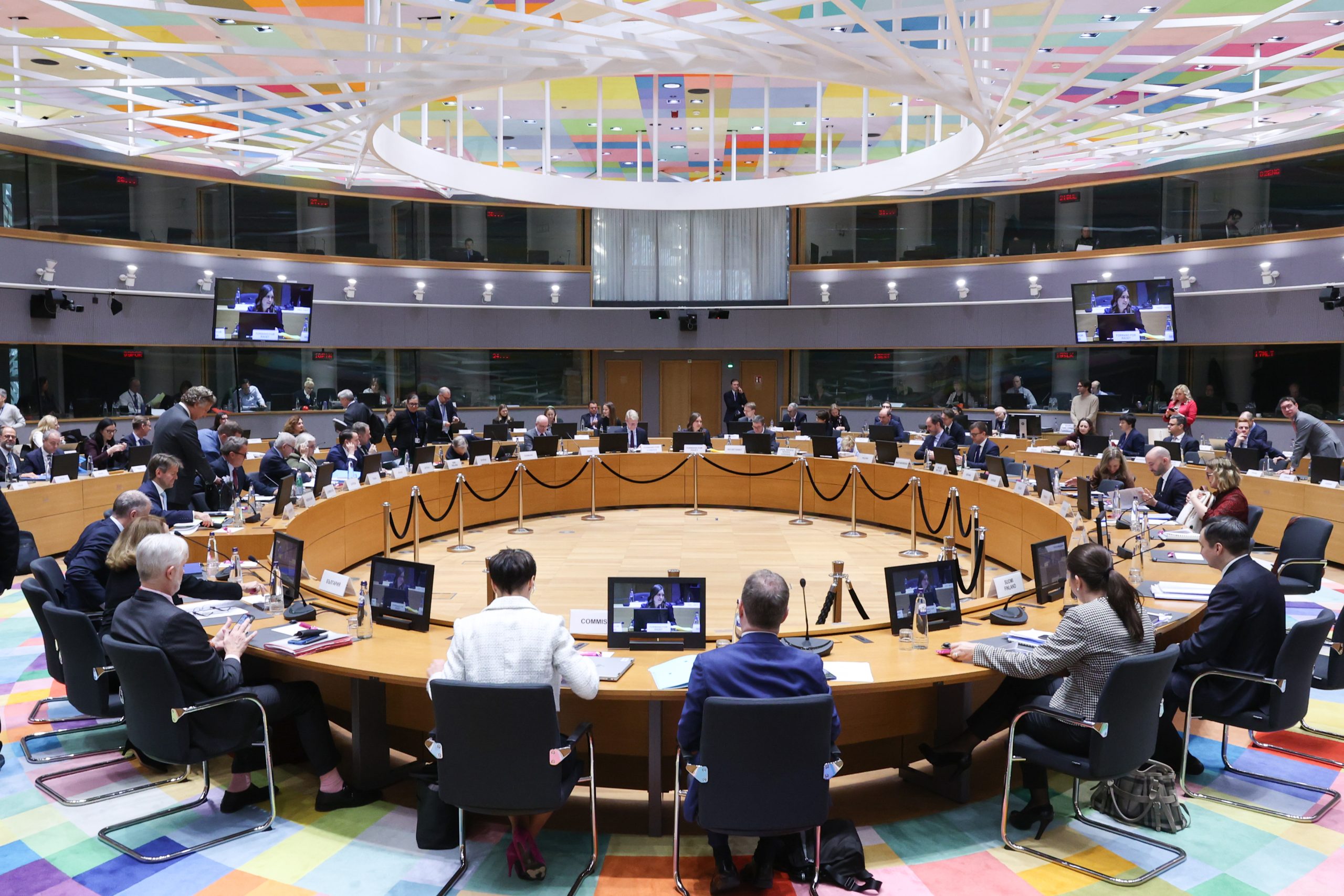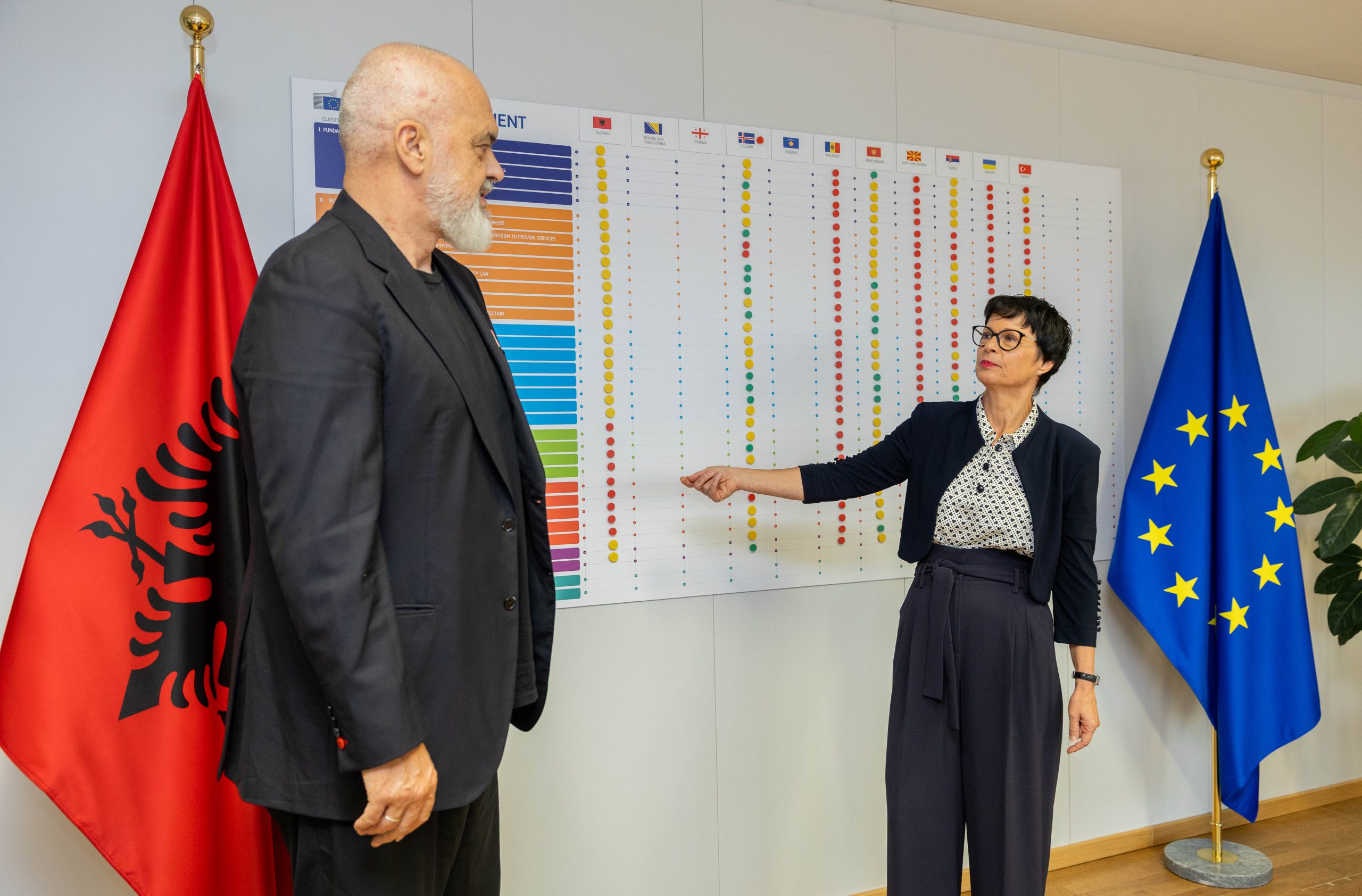To improve our understanding of China’s Belt&Road and what it means for Europe and the Balkans, we need to take a step back, rethink and reframe some of the core pillars of the debate on the debate on the topic.
First, while Belt&Road is often seen as an elaborate infrastructure investment plan, it is more useful to take it as a rough sketch for long-term connectivity-based development. In that sense, it is less specific but more ambitious than originally assumed. At the core of the Belt&Road is the concept of corridor-based development, originating in the playbook of the East Asian developmental state approach. Belt&Road thus does not end with infrastructure projects, but merely begins with them – the goal is not only to link point A to point B, but rather to create new integrated networks of economic agents, to reshape supply chains and to alter the economic futures of whole regions – with China has a major input in how these processes unveil – while not excluding the locals, but trying to get them on board. Thus, when discussing the Bar-Boljare or the Kichevo-Ohrid highways, or the proposed Piraeus-Budapest high-speed railway, in addition to focusing on the actual projects themselves, we also need to look at how these projects fit in the greater picture of corridor development.
Second, while China is indeed at the center of the New Silk Road economic vision, the ever more frequent portrayal as Belt&Road as a vehicle for economic subjugation of others (often through the narrative of the so-called “debt trap”) overlooks the emerging complex interdependence and the role of the local agency. By lending so much money in various regions and countries, China actually becomes a stakeholder in its development and has an interest in all the projects it supports to perform well. This is not a result of China’s assumed altruism, but rather its self-interest: in order for partner governments to be able to repay the loans, and to engage in deeper economic relations with China, Belt&Road needs success cases. However, in practice, this must not be taken for granted. National governments of the partner countries make sovereign decisions and bear the responsibility for making informed decisions, ensuring sustainable deals and projects, and developing the long-term economic strategy that can maximize the added value from them.
Third, with Belt&Road China emerges as a fully-fledged normative power. One particular core tenet of this vision significantly diverges from the one espoused by Western actors: while the West has a firm belief in the universality of the (neo)liberal approach, China promotes the idea that regions and nations should be flexible and craft their own idiosyncratic paths of socio-economic development. This, by design, makes the Belt&Road a challenge for the (neo)liberal economic order. However, this juxtaposition does not necessarily make the Belt&Road an effort to completely overthrow (neo)liberalism: while opposing the assumption of the universality of (neo)liberalism, Belt&Road co-opts some of its principles, practices and institutions. For instance, while relying on the role of the state in the economy, the Belt&Road seeks to advance markets and globalization; governments are the ones who chart the course, but companies are the ones who do the work (with an ample space for the role of multinational corporations); China initiates new Belt&Road-themed platforms and institutions, but also relies on the existing ones (including the World Bank and IMF) in the implementation, and so on. At this juncture, therefore, Belt&Road does not necessarily look like bringing about a brand new economic order; it would be more useful to see it as a force of hybridization of the (neo)liberal one. That in itself, of course, carries a lot of consequences and merits a discussion of its own.
Fourth, with the Belt&Road China clearly becomes a European economic and political power. However, the main question to be asked is in what way does China affect the internal dynamics of the EU and Europe as a whole? A key distinction to be made here is between the Belt&Road as a policy agenda (of China), and the Belt&Road as an agenda-setting device. The policy agenda of Belt&Road is more often than not assessed as having limited success by Europeans – while China has managed to sign quite a few memorandums of understanding, win a few projects in Europe’s periphery, somewhat advance trade and investment relations, and build up all sorts of linkages, there have been quite a few failures, delays, and an increasing backlash and criticism of its initiative. On the other hand, the Belt&Road has been more successful as an agenda-setting device: it has contributed to the reshaping the European policy agenda beyond its relations to China. Today, Europeans increasingly talk about industrial policies,Eurasian connectivity, and security aspects of technological development, trade and investment – showing that the Belt&Road, even if not fully advancing as planned or desired by China, has a great capacity to change the way how others think about the world and their place in it.
Finally, the Belt&Road was not intended to become, and has not become the main vehicle for global economic integration for anyone in Europe and in the Balkans. Nevertheless, despite the perception of its mixed record and the backlashes, the Belt&Road has been established as an economic “Plan B” or “Plan C” for a number of governments in the periphery, and some in the core of Europe. What has established Belt&Road as a “Plan B” is its narrative power: it is a future-oriented vision of global scope, that promises connectivity and prosperity for all, at times when the US has embraced an “America First” policy and the EU is facing the gravest political crisis since its founding in dealing with the looming Brexit, reducing its potential to mobilize others. Another factor has been the relatively clean slate of China as a an actor driving globalization, which in many places around the world is still given the benefit of the doubt. Therefore, in addition to China’s own trajectory, the interplay of these two factors (narrative power/competition and China’s track record in various places of the world) will determine the fate of the Belt&Road. This in turn, tells us much about the challenges for Global China in the era of the Belt&Road – regardless of how big and pro-active it becomes, its future trajectory will be inevitably co-shaped by how others respond to it.









